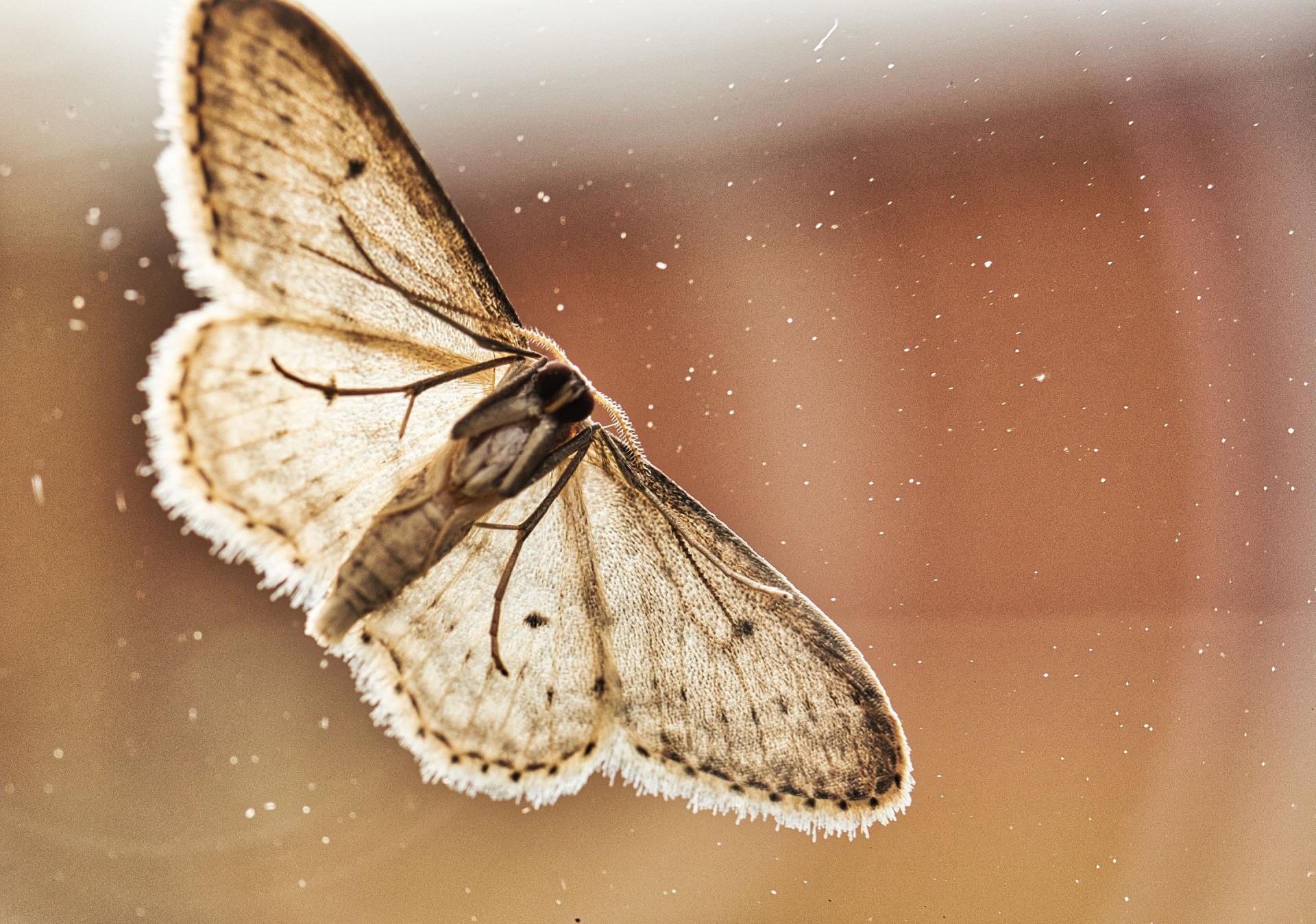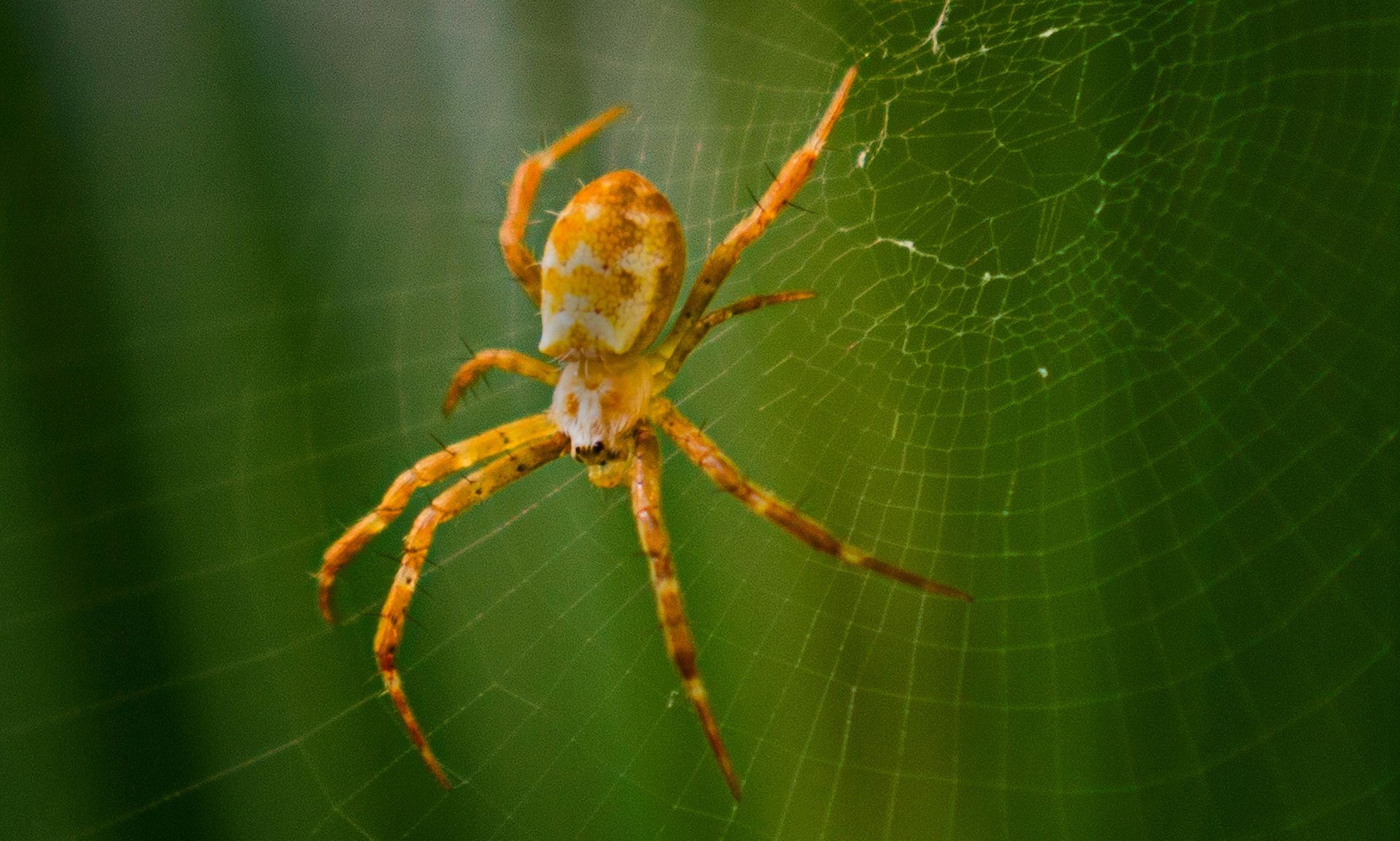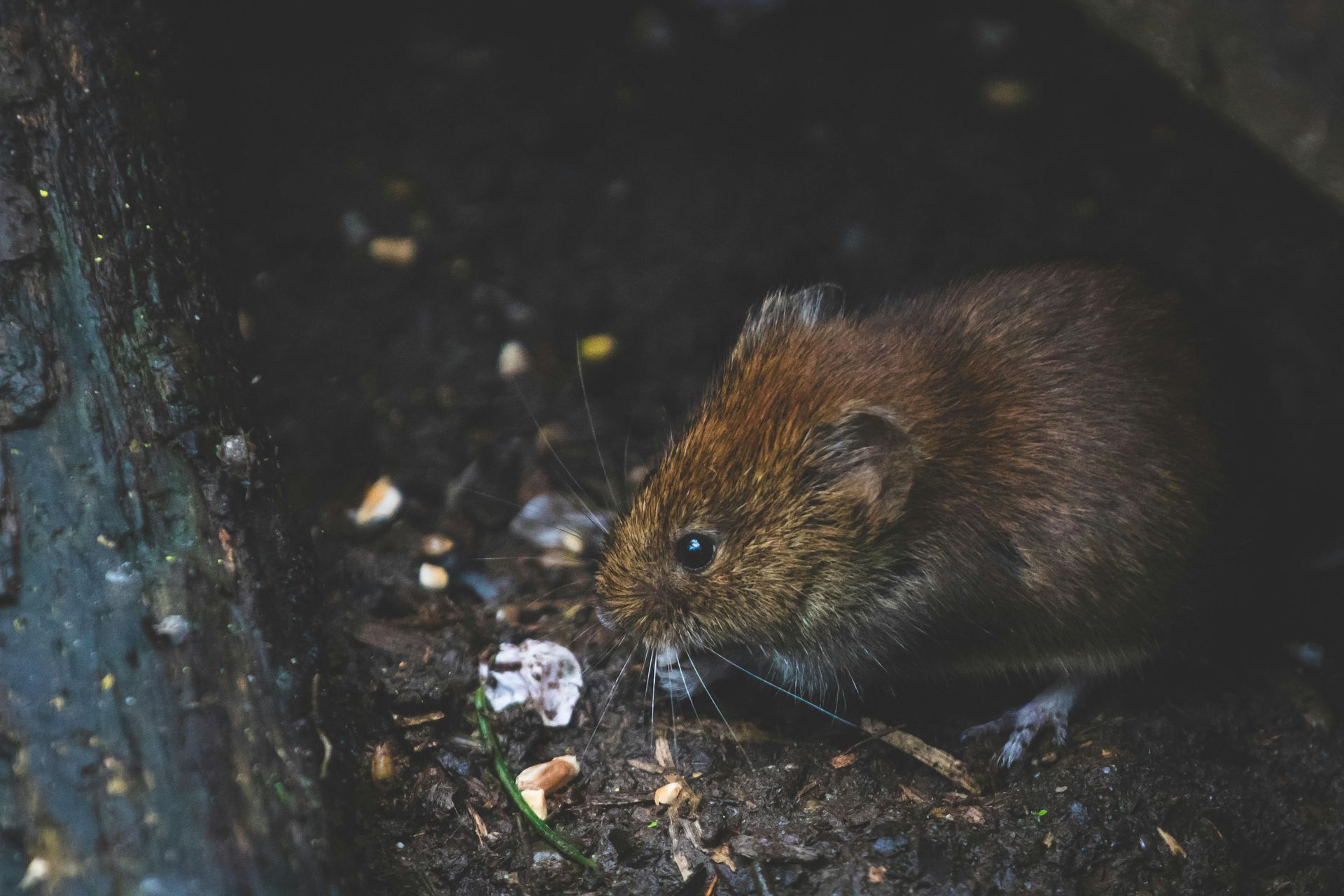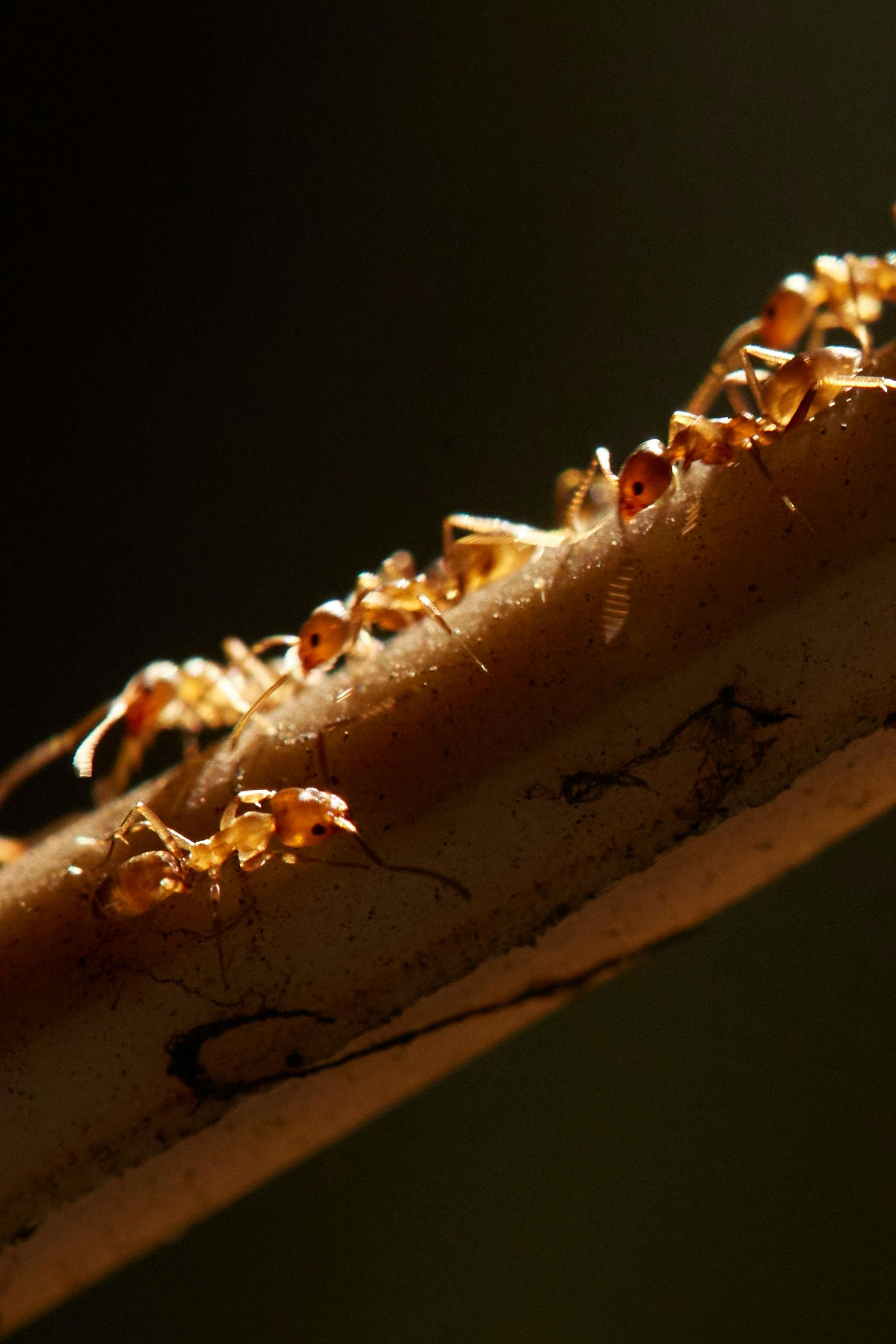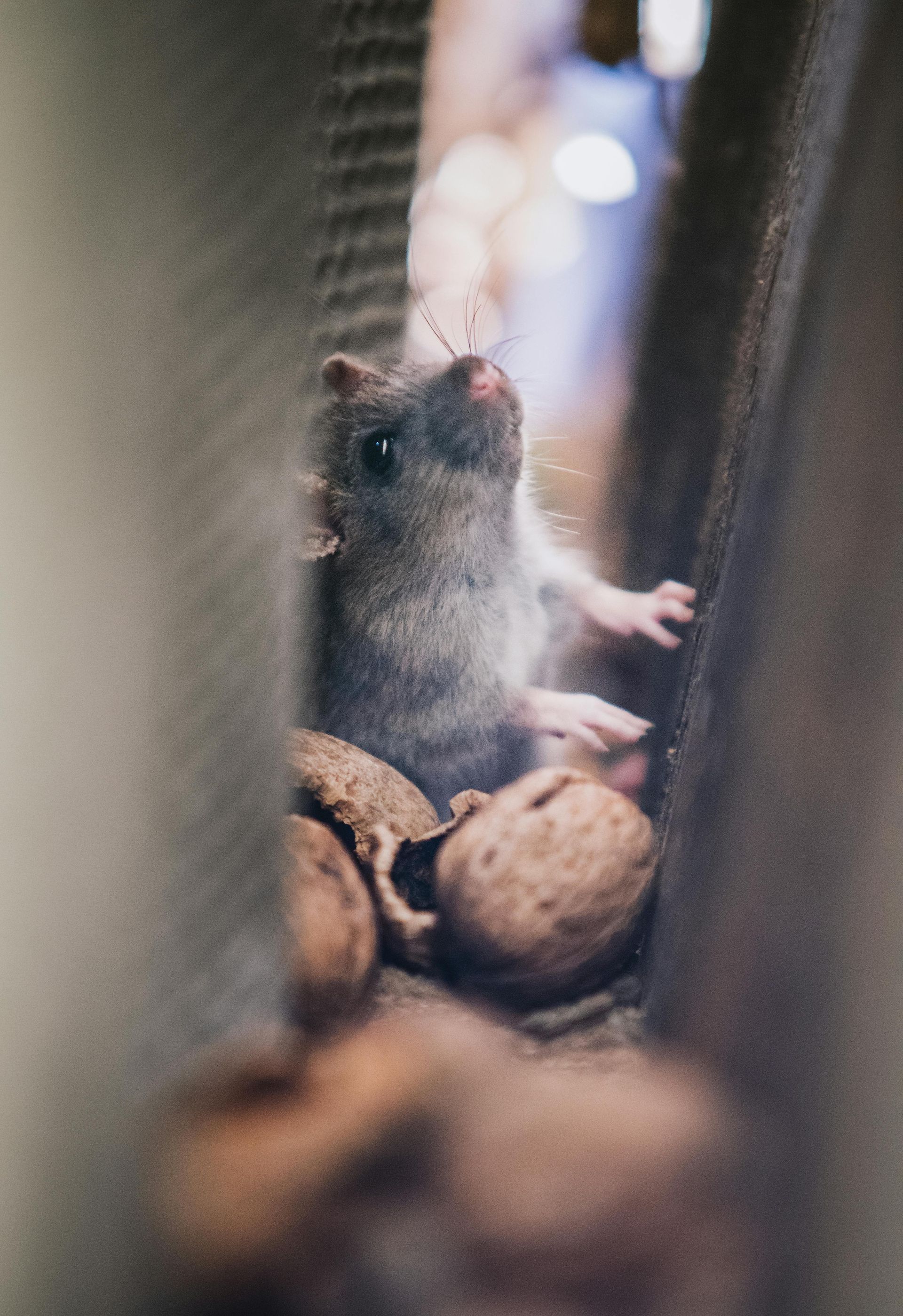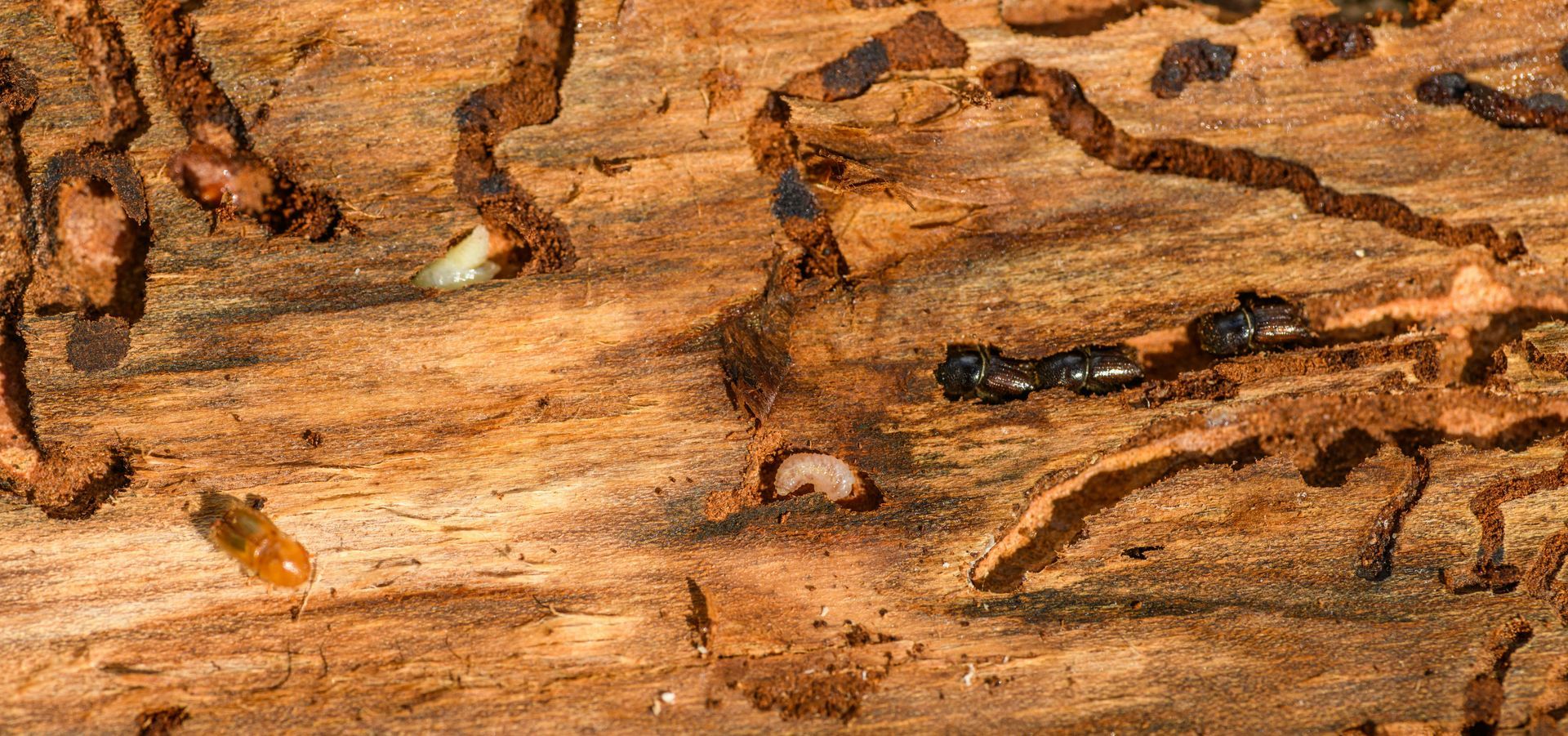Common Florida Pests We Experience in the Winter
Why Winter Pest Problems Are Different in Florida
While much of the country associates winter with snow and ice, Floridians know the season brings its own unique set of challenges. The cooler, drier weather might be a welcome relief from the summer heat, but it also sends many of our local critters searching for warmth and food. Your cozy home can quickly become an attractive winter resort for a variety of unwelcome guests.
Florida's subtropical climate means we don't experience the hard freezes that kill off or force many pests into deep hibernation elsewhere. Instead, our "cold" snaps, with temperatures dipping into the 50s or 60s, are just enough to motivate them to find a more comfortable environment. Your home, with its consistent temperature and readily available food and water, is the perfect target.
Winter Pests to Watch For
1. Rodents: Rats and Mice
When the temperature drops, rodents like the Roof Rat and the common House Mouse are among the first to seek shelter. They are experts at finding small entry points into your home, squeezing through cracks and holes you might not even notice.
- Why they come inside: Rodents are warm-blooded mammals looking for a warm place to nest. Attics, wall voids, and cluttered garages provide the perfect, undisturbed environment for them to breed. They also follow the scent of food, making your kitchen and pantry a primary destination.
- Signs of an infestation: You might hear scratching or scurrying sounds in the walls or ceiling, especially at night. Look for droppings, which resemble small, dark pellets, in cupboards, along baseboards, and under sinks. Gnaw marks on food packaging, wires, or wooden structures are another clear giveaway.
2. Cockroaches
Florida is home to several cockroach species, but the larger American and Australian cockroaches, often called "palmetto bugs," are particularly prone to moving indoors during winter. Smaller German cockroaches, which often infest kitchens and bathrooms, can also experience a population boom as they thrive in heated indoor spaces.
- Why they come inside: Cockroaches are driven by the search for moisture and food. While they can survive cooler temperatures, they prefer the warmth of your home. Leaky pipes, crumbs on the floor, and pet food left out overnight are all powerful attractants.
- Signs of an infestation: Spotting a single cockroach, especially during the day, can be a sign of a much larger population hiding in the dark. Other signs include small, dark droppings that look like coffee grounds, a musty or oily odor, and shed skins or egg casings (oothecae) in dark, secluded areas.
3. Ants
Ants are a year-round problem in Florida, but winter can drive certain species indoors in massive numbers. While some ant types become less active, others, like Ghost Ants or Argentine Ants, will eagerly march into your home to escape the cold and forage for food and water.
- Why they come inside: A drop in temperature combined with drier conditions outside sends ants looking for better resources. A few crumbs from a holiday cookie or a sticky spot on the counter is all it takes to create a "scent trail" that leads an entire colony into your kitchen or bathroom.
- Signs of an infestation: The most obvious sign is seeing the ants themselves. You might notice long trails of them marching along walls, countertops, or windowsills. Finding small piles of sand-like debris (frass) near baseboards or in corners can also indicate a hidden nest.
4. Termites
You might think of termites as a spring or summer issue, but in Florida, they can pose a threat year-round. Subterranean termites remain active in the soil, which stays warm enough for them to continue foraging. Drywood termites, which live inside the wood they infest, are well-protected from any temperature drops and will continue their destructive work unabated.
- Why they come inside: Termites aren't seeking warmth in the same way as other pests. Subterranean termites may be driven to explore new areas if the soil becomes too dry, and your home's foundation can provide the moisture and food (wood) they need. Drywood termites could have already been established from a summer swarm and will continue to eat away at your home's structure through the winter.
- Signs of an infestation: Look for mud tubes on your foundation, which subterranean termites use to travel. Discarded wings on windowsills are a sign of a recent swarm. For drywood termites, you might find tiny, hexagonal pellets (frass) pushed out of small holes in wood.
Contact Us Today to Schedule a Pest Control Service!
Don't let Florida's mild winter fool you. By staying vigilant and taking these preventative measures, you can ensure your home remains a comfortable, pest-free haven for you and your family this season.
While DIY pest control treatments may work in the short-term, they are often ineffective against keeping all variety of insects and rodents from finding a way into your home when the weather begins to turn. Unwanted pests in your home or business can be more than just a nuisance; they can pose health risks and cause significant property damage. At SWAT Pest Control, we provide fast, safe, and effective pest control and rodent removal solutions to protect your property from pests. As a locally owned and operated exterminator serving Panama City, FL, and the surrounding areas, we have the expertise to handle any infestation, big or small. From termites and ants to rodents and spiders, our team is equipped to restore your peace of mind.
Don't let pests take over your property. Contact our local exterminator today to prepare your home for the winter!

